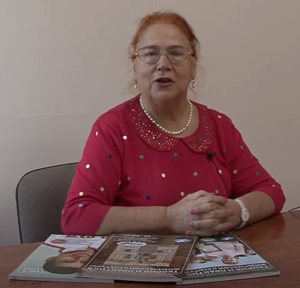Retired elite athletes’ health analysis
ˑ:
Dr.Med., Professor O.S. Kogan1
Dr.Sc.Hist., Professor S.D. Galiullina1
1Ufa State Petroleum Technological University, Ufa
Analysis of the scientific literature and authors' research shows that athletes are affected by a complex set of factors in the process of sports activities similar in energy costs and injury risks to those employed by workers in hazardous and / or dangerous working conditions of traditional industries. The study was designed to make a retired elite athletes’ health analysis with an emphasis on the chronic disease statistics. Sampled for the study purposes were representatives of cyclic, speed-strength, combat, complex-coordination-intensive and team sports (n=233 including 164 males and 69 females) split up into Experimental Group of coaches with the prior careers in elite professional sports, with the top-ranking competitive experiences and accomplishments; and Reference Group of 31-45 year old amateur/ unqualified athletes, sport university graduates.
The disease rate in the Experimental Group was found meaningfully higher than in the Reference Group in terms of the overall chronic disease rate; cardiovascular system disease (hypertension, ischemic disease) rate; mental disease rate; behavioral/ central nervous system disorders (neuro-circulatory dystonia, neurosis, neurasthenia); endocrine imbalances (obesity) etc. The study data and findings need to be verified and supported by further studies to produce grounded health protection and rehabilitation recommendations for the elite athletes who opt for coaching careers upon retirement from sports.
Keywords: elite sports, physical and mental stressors, coach’s health, medical rehabilitation.
References
- Kovalenko Yu.A. Problemy travmatologii v sovremennom sporte [Problems of traumatology in modern sports]. Teoriya i praktika fiz. kultury, 2006, no. 5, pp. 22-29.
- Lubysheva L.I. Sotsiologiya fizicheskoy kultury i sporta [Sociology of physical education and sports]. Moscow: Akademiya publ., 2001, 240 p.
- Saninskiy V.N. Sovremennye aspekty v organizatsii i provedenii mediko-biologicheskogo obespecheniya podgotovki sportsmenov sbornykh komand Rossii po olimpiyskim vidam sporta [Modern aspects in organization and implementation of biomedical follow-up of training process in Russian national teams in Olympic sports]. Professiya i zdorovye [Profession and health]. Proc. I nat. congress (Nov 19-21 2002). Moscow: Zlatograf publ., 2002, pp. 44-45.
- Yukelson D., Merfi Sh. Psikhologicheskie aspekty v profilaktike travm [Psychological aspects in injury prevention]. Sportivnyie travmyi. Osnovnyie printsipyi profilaktiki i lecheniya [Sports injuries. The basic principles of prevention and treatment]. Kiev: Olimpiyskaya literatura, 2002, pp. 281-287.
- Millet G.P., Candau R.B., Barbier B. et al. Modelling the transfers of training effects on performance in elite tri Int. J. Sports Med., 2002. Vol. 23, N l. pp. 55-63
- Peers K., Lysens R. Patellar Tendinopathy in Athletes: Current Diagnostic and Therapeutic Recommendations. Sports Medicine.2005.no. 35(1), pp. 71-87



